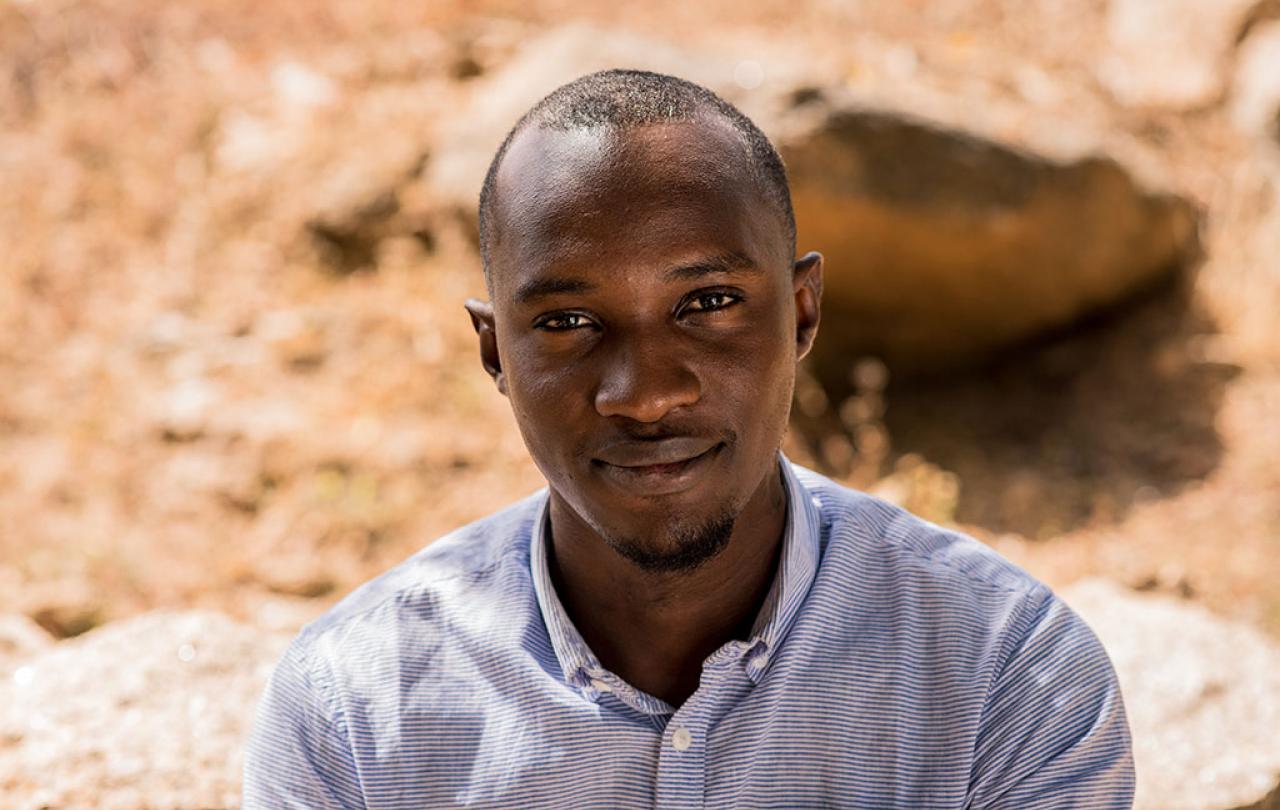
This article contains distressing content.
Something is happening. And nobody is talking about it.
Nigeria, the big and beautiful ‘Giant of Africa’, is becoming a place of increasing terror for the hundred million Christians who call it home. Since 2000, 62,000 people have been killed for having a Christian faith. Eight-thousand people were killed in 2023 alone. These staggering numbers mean that more Christians are being killed in Nigeria than in every other country combined.
The violence is as extreme as it gets. And yet, very few of us know that it’s happening.
When it comes to the Nigerian government and media, the relentlessly brutal attacks are seemingly hidden in plain sight; undeniable and yet somehow unstoppable. While, in the UK, we appear to be entirely unaware. This violence is out of sight, and therefore largely out of mind. The reasons why are admittedly complex, as outlined by Chris Wadibia. Nevertheless, the violence being carried out toward the Nigerian people, particularly those living in the Northern states, surely deserves our attention.
Earlier this year, I took a trip to Northern Nigeria. While I was there, I got to know a group of people who had endured unimaginable trauma, largely because of their Christian faith. Every day, they would bravely tell their stories – who they were and what they had experienced. Every day, I looked into the faces of children who had lost parents, parents who had lost children, husbands who had lost wives, and wives who had lost husbands. All of a sudden, the bewildering statistics were people before me – people who were having to live with the images of their loved ones being ‘butchered’ before their very eyes. Their villages being burnt down. Their lives being turned upside down by militants with assault rifles and machetes.
The only reference I had for stories such as the ones I was hearing were apocalyptic movies. But these things happened. They happened to the people sitting across from me. This violence is not the stuff of gruesome fiction, it’s the stuff of reality.
As she was running, she came across a woman who has hiding herself because she was giving birth to twins. This mother handed the babies to her and begged her to get them to safety...
I met one woman, she was incredibly gentle and kind, and told her story with a composure that’s hard to fathom. She was working on her land along with her husband and mother-in-law, a totally run-of-the-mill day. They were so engrossed with the task at hand, they didn’t notice that their village was being attacked by armed ‘Fulani’ militants (the majority of the violence being carried out in Northern Nigeria is at the hands of Islamic extremist groups such as Fulani militants, Boko Haram and ISWAP - Islamic State in West African Province). She looked up to find herself face-to-face with two attackers and despite their command for her to surrender to them, she ran, as did her husband and mother-in-law. While she was running, she could hear bullets flying past her head and the screams of her mother-in-law. Making it to a neighbouring village, she gathered help and eventually went back to find her husband and mother-in-law. Both of whom were stabbed and killed that day.
The Fulani militants now have control over her village, and she told us how she’s been praying that she would be able to forgive these men for what they’d done, as she is now forced to live alongside them. And so, she felt proud because she had recently been able to respond to one of the men as they greeted her.
There was another woman, she was strong and defiantly compassionate. Her story is laced with horror. She studied at a university – the discrimination she experienced there meant that a course that was supposed to be four years long, took her eight years to complete. In 2014, Boko Haram attacked the university – while she was trying to escape, her friend was shot and ‘hacked at’ while he refused to deny his Christian faith. She recalls how his last words were ‘I’m happy. I’ve saved lives today. And I have Jesus’.
He died and she continued to run. As she was running, she came across a woman who has hiding herself because she was giving birth to twins. This mother handed the babies to her and begged her to get them to safety, as she did so, she heard the mother being shot behind her.
She ran those twins to Cameroon, leaving them in safety, and now lives in a rural Nigerian village where she teaches the local children. Her Christian identity is no secret, and so faces continual danger. Her crops were burnt to the ground and destroyed, twice. And the villagers have tried, repeatedly, to get her to leave. One night, she came face to face with young men with bats and machetes who threatened her life – she told them – ‘you can’t scare me. I have seen the Lord’.
And they left. Remarkably, that village is still her home.
One heart-wrenchingly-young girl told us how, while she sleeping – she was awoken by her father who told her that they needed to run, they were under attack. She ran, hand in hand with her father, while her mother carried her younger brother. While they were fleeing, her dad was shot and killed. Her mother pried her hand out of her father’s and buried both her and her brother in sand, instructing them to stay hidden. The next day, they found that their house, their crops, their entire village had been burnt down.
This is what is happening. This is what we are not seeing.
While we are not seeing this violence, they are not seeing an end to it.
Since my return, I have met with a man who bears the physical scars of his trauma. He thought his house was being pillaged by armed robbers - it was only when they led him, his brother and his father outside, made them kneel with their hands tied behind their backs, and demanded that they denounce their Christian faith that he realised he was being attacked by Boko Haram. It was a regular evening, he was putting together a lesson plan for his class the following day, and now he was kneeling before an executioner. His father refused their demand, and they beheaded him. His brother also refused, and they took a blade to him, too. Then it was his turn, and while his mind was filled with thoughts of death and how much this was about to hurt, he also prayed that these men would be forgiven for what they were doing. Taking after Jesus, who forgave his executioners mid-execution, this man continued to pray as he felt the blade in his neck.
Left to bleed to death, miraculously, both him and his brother survived. Now, his scar tells an astonishing story.
This epidemic of violence seems to reside under our radar. It’s not quite catching our eye, is it? And, as a result, is not quite receiving the force of our outrage nor benefiting from the depths of our compassion. So many of the people that I met expressed a feeling of being neglected – like they’re suffering in deafening silence. While we are not seeing this violence, they are not seeing an end to it.
What’s happening in Nigeria is a crisis, one that we must acknowledge.





